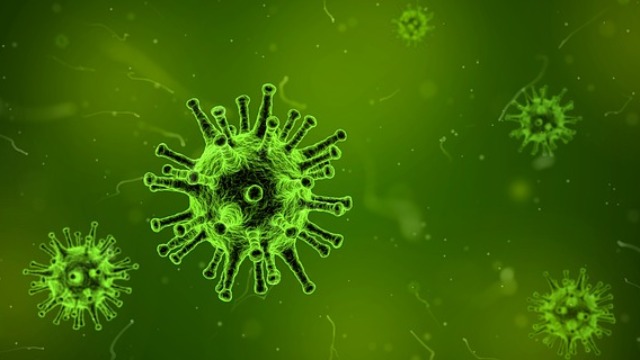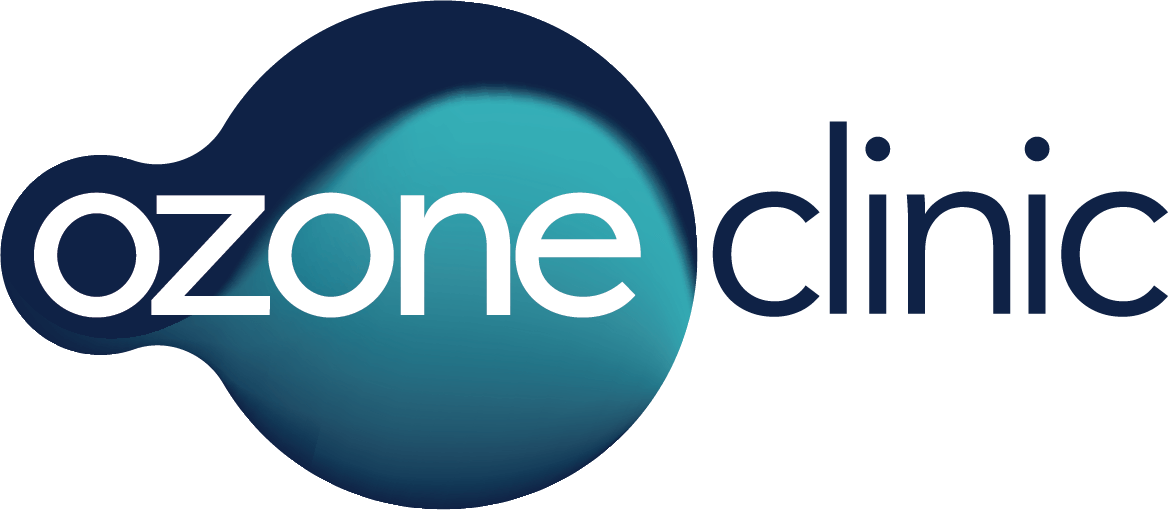
What are Lyme-like Conditions and Chronic Infections
Lyme-like conditions and chronic infections can utlilise the healing properties of gas therapies such as ozone and xenon to rehabilitate your body from these crippling disorders. (See our Research post here)
The government in Australia says Lyme disease doesn’t exist in Australia but we do know there are well over 2000 medically confirmed cases of Lyme disease in Australia. (See info here from the Lyme Disease Association of Australia)
With this number of confirmed cases, it’s suspected there are probably many more undiagnosed cases – perhaps in the order of hundreds of thousands.
Borrelia – found on every continent except Antarctica
Borrelia – the bacteria which causes Lyme disease and Lyme-like conditions – has been found on every continent, except Antarctica, and can be spread via ticks carried by migrating sea birds. Borrelia causes Lyme-like conditions which are often called Borreliosis or Lyme Borreliosis.
Borrelia is a spirochete, which is transmitted when a person is bitten by a vector usually a tick. Lyme-like conditions can impact many bodily systems and can, in some cases, mimic other illnesses such as lupus.
People with Lyme-like conditions are often found to have other co-infections as well such as Babesia, Bartonella, Rickettsia, Mycoplasma and Ehrlichia.
Why are these conditions called Lyme disease?
The name ‘Lyme disease’ was coined in the United States of America when an outbreak of juvenile arthritis occurred in the town of Lyme, Connecticut, and the outbreak was subsequently found to be caused by the Borrelia bacteria.
What are the symptoms of Lyme disease and Lyme-like conditions?
Lyme-like conditions often manifest as a multi-systemic illness which can affect different parts of the body including the muscles, joints, organs, brain, gastro-intestinal and neurological systems.
Lyme-like conditions are generally categorised into acute (early) and chronic (late) stages of the condition. Most diagnosed cases in Australia have progressed to the late stage because there are no early intervention strategies in place to ensure appropriate treatment following tick bites.
Symptoms in early stage Lyme-like conditions (close to the time of the bite) commonly include: flu-like symptoms, headaches, fever, swollen lymph nodes, fatigue, muscle aches and joint pain.
Symptoms in late stage Lyme-like conditions (extending to many months, or even years, following tick bite) often manifests as multi-systemic illness, which may include: gastrointestinal problems, neurological problems, balance problems, chronic fatigue and random muscle and joint pain. Late stage Lyme-like conditions can be mild, moderate or severe and, if left untreated, an cause severe disability or become fatal.
How can the Ozone Clinic treat Lyme-like conditions and chronic infections?
Ozone therapy has been used in complementary clinics throughout the world and has been shown to be an effective treatment for Lyme-like conditions and chronic infections (see this study here).
When a patient combines Ozone Therapy with Xenon Therapy, the results for these types of chronic infections has been seen to be very effective. As Mr Dulitsky quoted in his presentation at a recent Lyme Conference in the US: The study found a high percentage of people were much better after receiving this treatment. Mr Dulitsky explained how the combination of ozone and xenon is able to target most of the existing infections a patient has including intra-cellular parasites, mould, fungus, bacteria and viruses. He said the detoxifying effect of the treatment helps with general recovery.
“According to multiple studies in Russia, xenon has demonstrated the number of therapeutic properties: analgesic, anti-hypoxic, immune-modulatory, anti-inflammatory, anti-oxidative, anti-viral, antibacterial, neuroprotective, anti-depressive etc,” he added. This broad spectrum of therapeutic effects, combined with the optional safety of xenon, make it an ideal therapeutic agent. At the same time, multiple publications have shown that medical ozone has powerful antibacterial, anti-viral, and immune-modulating properties as well. Ozone therapy already has shown itself to be a powerful tool against tick-born infections so when you combine it with xenon, the treatment becomes even more powerful.”
For more on this treatment for Lyme-like conditions and chronic infections, see our story under our Research tab here.
Disclaimer: In Australia, some of the therapies offered at the Ozone Clinic are not officially recognised as a part of mainstream medical practice. These therapies are known as complementary therapies and are considered to be useful as an additional treatment to those offered by your medical practitioner. The Ozone Clinic and its personnel are fully trained in the application of these complementary therapies but they’re not registered medical practitioners and are considered to be complementary therapists.
Illnesses
Opening Hours
| Monday – Friday | 9.30am – 6.30pm |
| Saturday | 10.00am – 5.00pm |
| Sunday | Closed |
| Holidays | Closed |
Book Appointment
Quick Contact
- Address Ozone Clinic Sydney, 77 Cecil Avenue, Castle Hill, NSW 2154 Australia
- Email info@ozoneclinic.com.au
- Phone (02) 9188 8599


